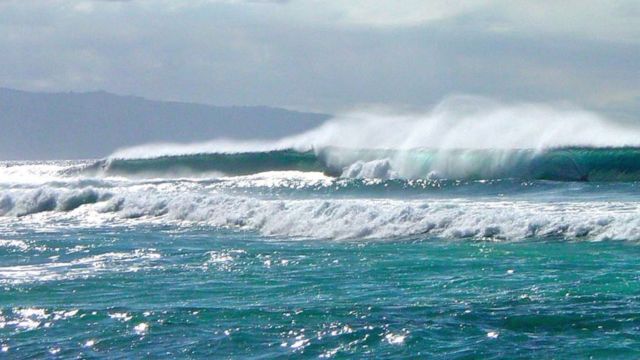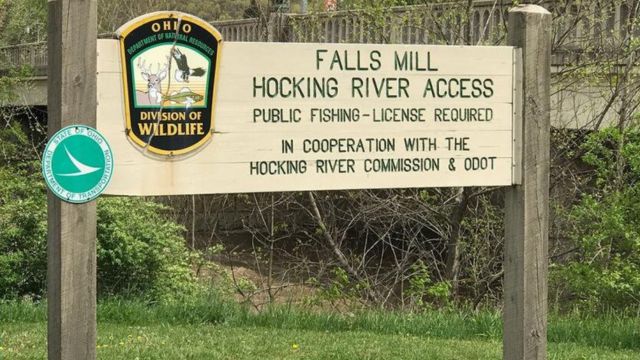A tropical paradise known for its immaculate beaches, Hawaii boasts a varied shoreline with both calm and dangerous waves.
Although many beaches encourage swimmers to explore their pristine depths, others present serious concerns because of their strong currents, harmful marine life, and waves.
We’ll look at ten breathtaking Hawaiian beaches in this post that are best enjoyed from a safe distance despite their beauty.
Kaihalulu Red Sand Beach
One of the very few red sand beaches in the world is this gorgeous beach on the eastern side of Maui.
The views are worth the effort, but the sea is turbulent and you’ll need to follow an overgrown cliffside route to reach the gorgeous beach. Perhaps avoid going into the water itself.
Makena Beach
Also referred to as “breakneck beach,” this Hawaiian beach is very perilous for swimming since the waves break directly on the coast.
Additionally, Makena Beach is regarded as one of the most fatal beaches in the world for shark attacks, if the hazardous surf breaks aren’t enough to discourage you from going into the ocean.
Hanakapi’iai Beach
Hanakapi’ai Beach, which is situated on the remote Na Pali Coast, has been dubbed Hawaii’s most deadly beach. It’s also among Hawaii’s most stunning beaches!
Several people have been taken out to sea by a severe rip current, even though the water usually appears to be fine.
Polihale Beach
Polihale Beach, which lies on Kauai’s western shore, is incredibly beautiful, but swimmers who are not cautious may find the exposed waters perilous.
Lumahai Beach
Although Lumahai Beach may seem like a charming place with its gorgeous blue waters and immaculate sand, it is also a dangerous place because of the large winter waves and slick rock ledges.

Some people have even begun to refer to the beach as “Luma-die.”
Queen’s Bath
Despite not being a beach, Queen’s Bath is among the most hazardous locations on the Hawaiian coast.
Encircled by volcanic rock, this amazing geological phenomenon is a sinkhole that is both a dangerous lava bench exposed to lethal high waves and a brilliant turquoise pool nestled in the dramatic black lava shoreline.
Read Also: Are You Planning To Live! 5 Risky California Towns You Should Know About
Pipeline Beach
Many of the beaches on Oahu’s north shore, including Piepline, are safe enough in the summer, but in the winter, when the shore is battered by heavy waves, they can be very dangerous.

Hapuna Beach Park
Hapuna Beach is Hawaii Island’s longest expanse of white sand, measuring over 200 feet in width and almost half a mile in length. It is also the most hazardous.
Compared to other beaches in the state, the severe shore break has caused the most spinal cord injuries. Given that this is one of Hawaii’s most stunning beaches, it would be tempting to try swimming here, but resist the urge!
Magic Sands
The beach break at Magic Sands may be very dangerous because of the mid-sized waves that crash into the hard-packed sand in shallow water. This beach, which is on the Big Island, is also called Laʻaloa Bay. (Tragic Slams is another name for it.)
Read Also: These Are The Top 3 Dangerous and Rudest Cities in Kentucky
Sandy Beach
Sandy’s, as the locals like to call it, is a beach with year-round crushing shore break that is located close to the southeast tip of Oahu.
Although it’s a popular place for surfers, many visitors and would-be bodysurfers have left with fractured bones, sprains, and neck compressions.
Final Thoughts
Although each of these ten Hawaiian beaches is breathtaking in its own right, they are also very dangerous.
It is advisable to observe these beaches—which span from the north shore of Oahu to the red sand beaches of Maui—from a safe distance.
It’s important to appreciate nature’s strength and refrain from swimming in these hazardous locations, despite the allure of getting into the sea.




